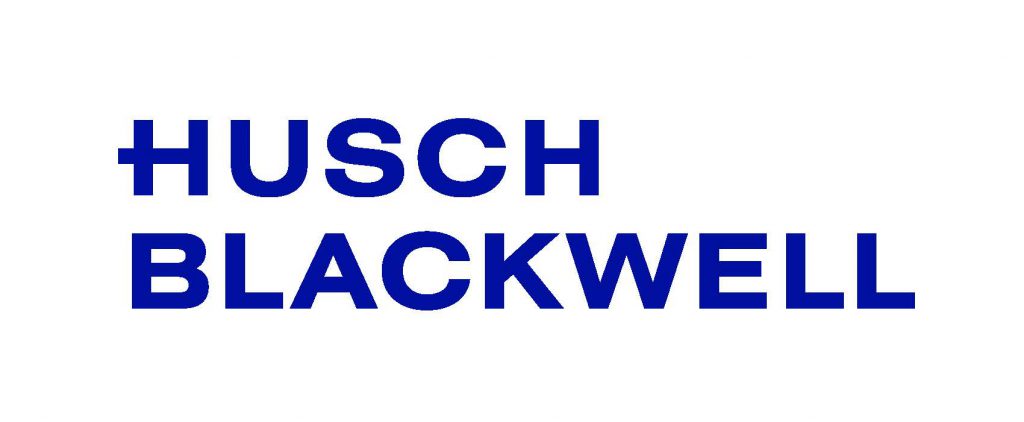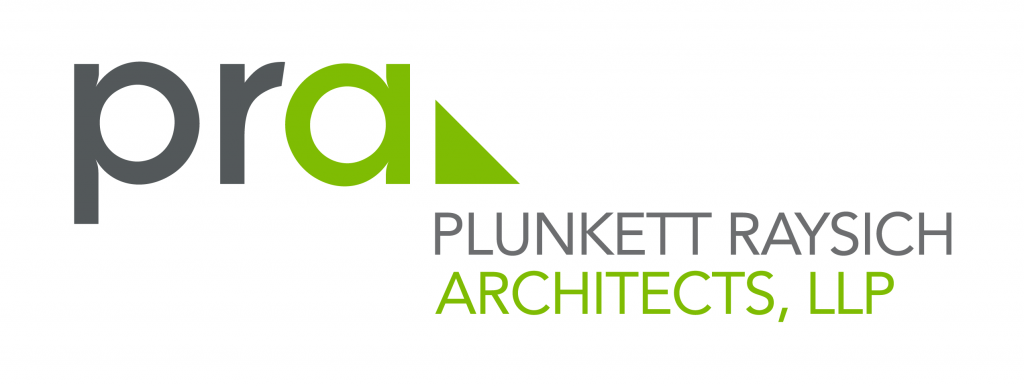Eight safety-net clinics in the Milwaukee area are upgrading clinical data-sharing capabilities thanks to a grant from the Greater Milwaukee Business Foundation on Health (GMBFH) to the Wisconsin Statewide Health Information Network (WISHIN).
The grant, facilitated by the Milwaukee Health Care Partnership (MHCP), a public/private consortium, will provide two-year subscriptions to all services offered by WISHIN, and fund one-time implementation fees for those clinics that are new WISHIN participants. The GMBFH grant will enable the clinics to fully participate in the statewide health information exchange, improve care coordination and better serve their patients.
“Enhancing the coordination of care, within and across the complex health care delivery system, is a priority strategy for the MHCP,” said Joy Tapper, MHCP Executive Director. “We work to ensure access, improve health outcomes and reduce avoidable emergency-department utilization and associated costs for low-income populations. The GMBHF shares those same goals.”
MHCP health system members use WISHIN as an essential tool to help improve clinical decision-making and enhance care coordination for uninsured and under-insured patients in Milwaukee. Patients served at safety-net clinics often have complex health and social needs and frequently access care across multiple health care organizations. The WISHIN community health record helps clinics better manage and support their patients in a primary-care setting.
The Milwaukee clinics benefiting from the grant are: the AIDS Resource Center of Wisconsin, Bread of Healing Clinic, Gerald Ignace Indian Health Center, Milwaukee Health Services Inc., Muslim Community Health Center, Outreach Community Health Centers, Progressive Community Health Centers, and Sixteenth Street Community Health Centers.
WISHIN for Care Coordination
The WISHIN Pulse Community Health Record is an aggregated, longitudinal, patient-centric view of a patient’s clinical history (including Medicaid-paid prescriptions) that is supplemented by integrated access to state data sources like the Wisconsin Immunization Registry and the Prescription Drug Monitoring Program.
Participating health care organizations feed information from their EHR systems to WISHIN in real time, and WISHIN makes it available for query by other members of the network. By using WISHIN, health care organizations don’t have to make special arrangements to receive or send clinical information, or build point-to-point connections with all of their trading partners. One connection to WISHIN can connect them with every other organization in the network.
“Users of the WISHIN Pulse system don’t need to know where a patient may have received care elsewhere,” said Joe Kachelski, CEO of WISHIN. “They just need the patient’s name.”
Another feature of WISHIN Pulse that will be implemented for the safety-net clinics is the Patient Activity Report for clinics (PAR-C). The PAR-C is a daily notification triggered when clinic patients have an emergency department (ED) or inpatient admission or discharge anywhere in the WISHIN network. The report includes the most recent demographic and contact information about the patient and high-level clinical information about the hospital encounter. It is delivered in an electronic format that can be ingested into care-management systems or other patient databases, so that care managers can quickly provide outreach and follow-up care for their patients.
“WISHIN has a substantial presence in Milwaukee,” said Kachelski. “All of the Milwaukee-based health systems, the Milwaukee County Behavioral Health Division, and several independent clinics are participating in WISHIN. We are grateful to the Foundation for their contribution allowing us to extend our network to include Milwaukee’s federally qualified health centers and other essential safety-net providers. As participation in WISHIN grows, all of our clients benefit.”
MHCP’s Emergency Department Care Coordination Initiative
Nearly half of ED visits in Milwaukee County are for non-emergencies, with a large percentage of those visits made by uninsured or underinsured individuals lacking a primary-care provider.
Since 2007, MHCP’s Emergency Department Care Coordination (EDCC) initiative has worked to decrease avoidable ED visits and related hospitalizations, reduce duplicative tests and procedures and use ED encounters to connect high-risk individuals with primary-care health homes and other health resources. With a target population that includes low-income patients with chronic conditions (asthma, COPD, diabetes, hypertension and HIV/AIDS), frequent ED users and pregnant women, the initiative facilitates the referral of about 500 ED visitors a month to primary care, dental and behavioral health clinics.
Along with practicing standardized transition care management processes, the initiative uses health technology services, including WISHIN Pulse, to connect hospital EDs and community clinics in Milwaukee County.
“We’ve seen the power of WISHIN as used in emergency departments to reduce avoidable utilization and connect or reconnect patients to medical homes and other health resources,” said Tapper. “This WISHIN expansion will ensure that the largest safety-net providers in Milwaukee are able to improve care for Medicaid and uninsured patients and assist them in securing the right care, at the right place, at the right time.”
For more information:
Milwaukee Health Care Partnership – www.mkehcp.org
Greater Milwaukee Business Foundation on Health – www.gmbfh.org






